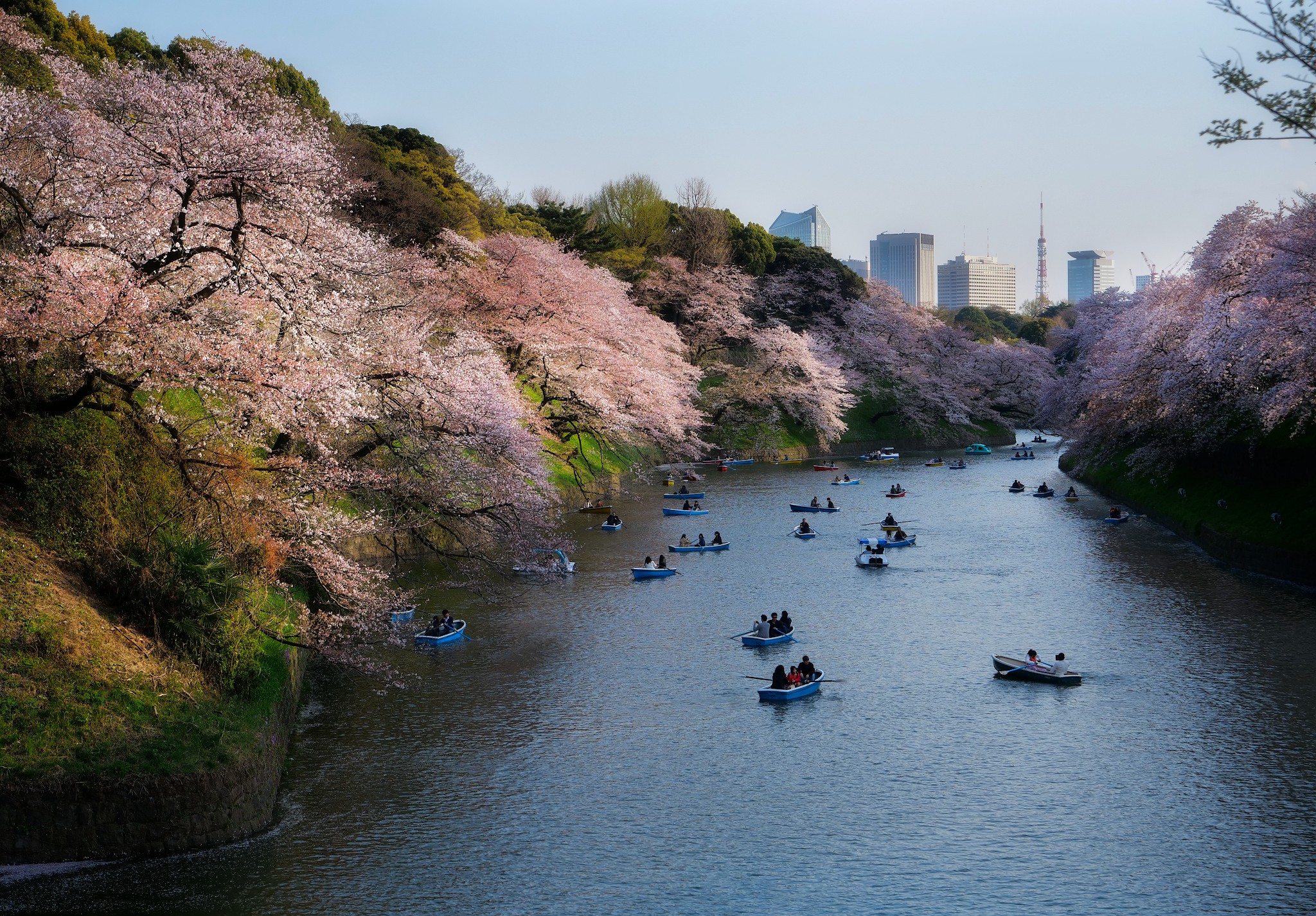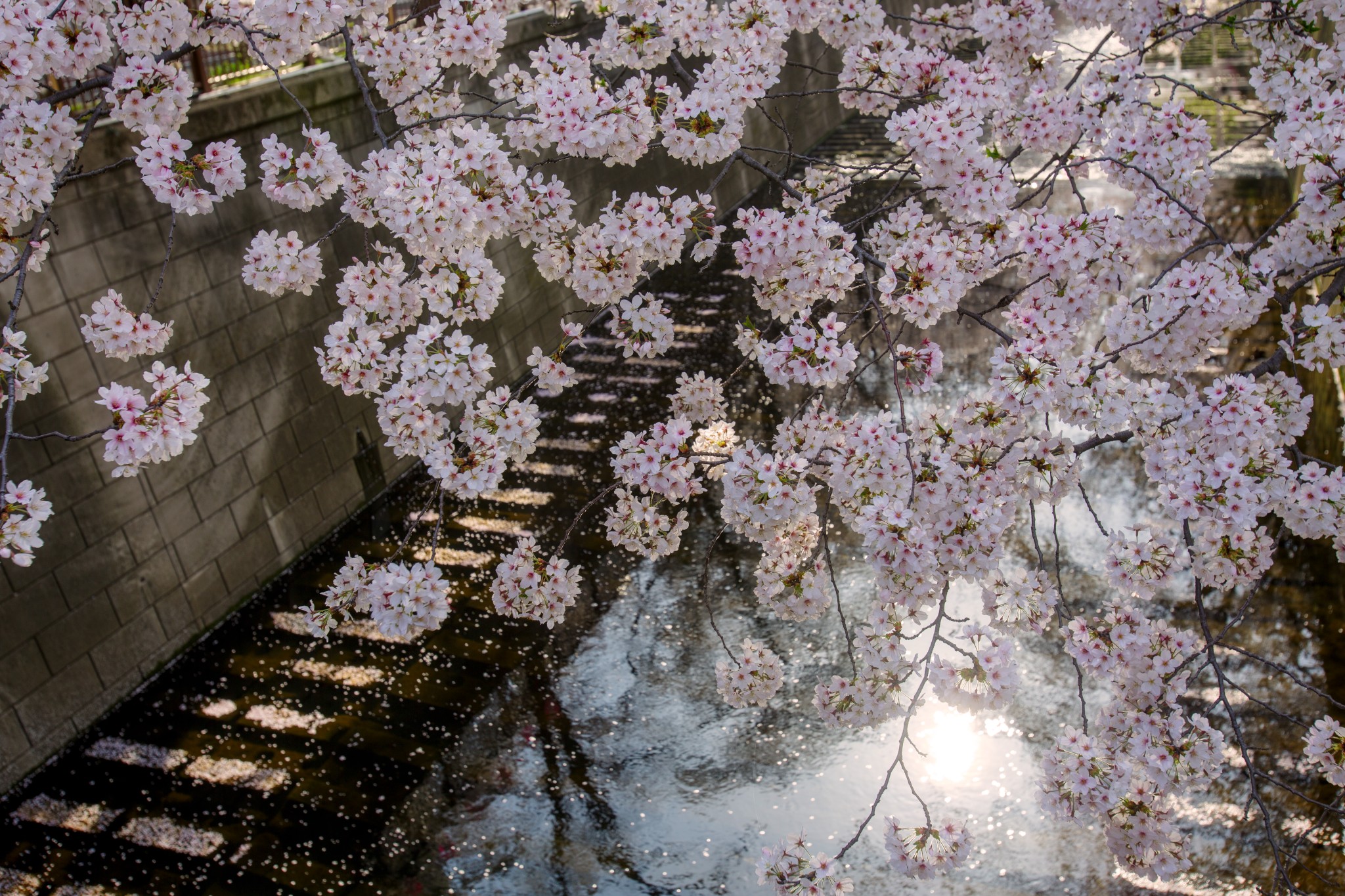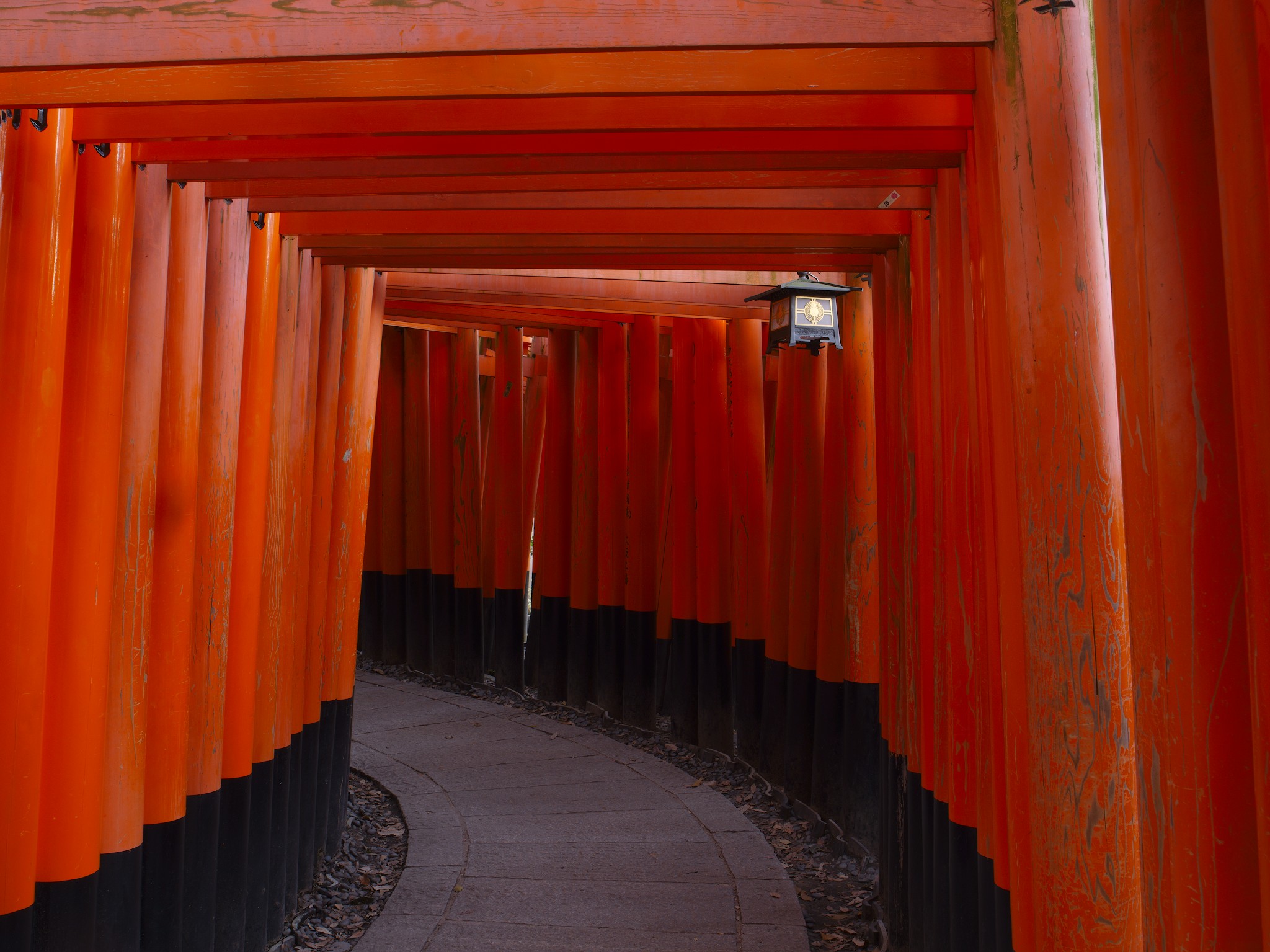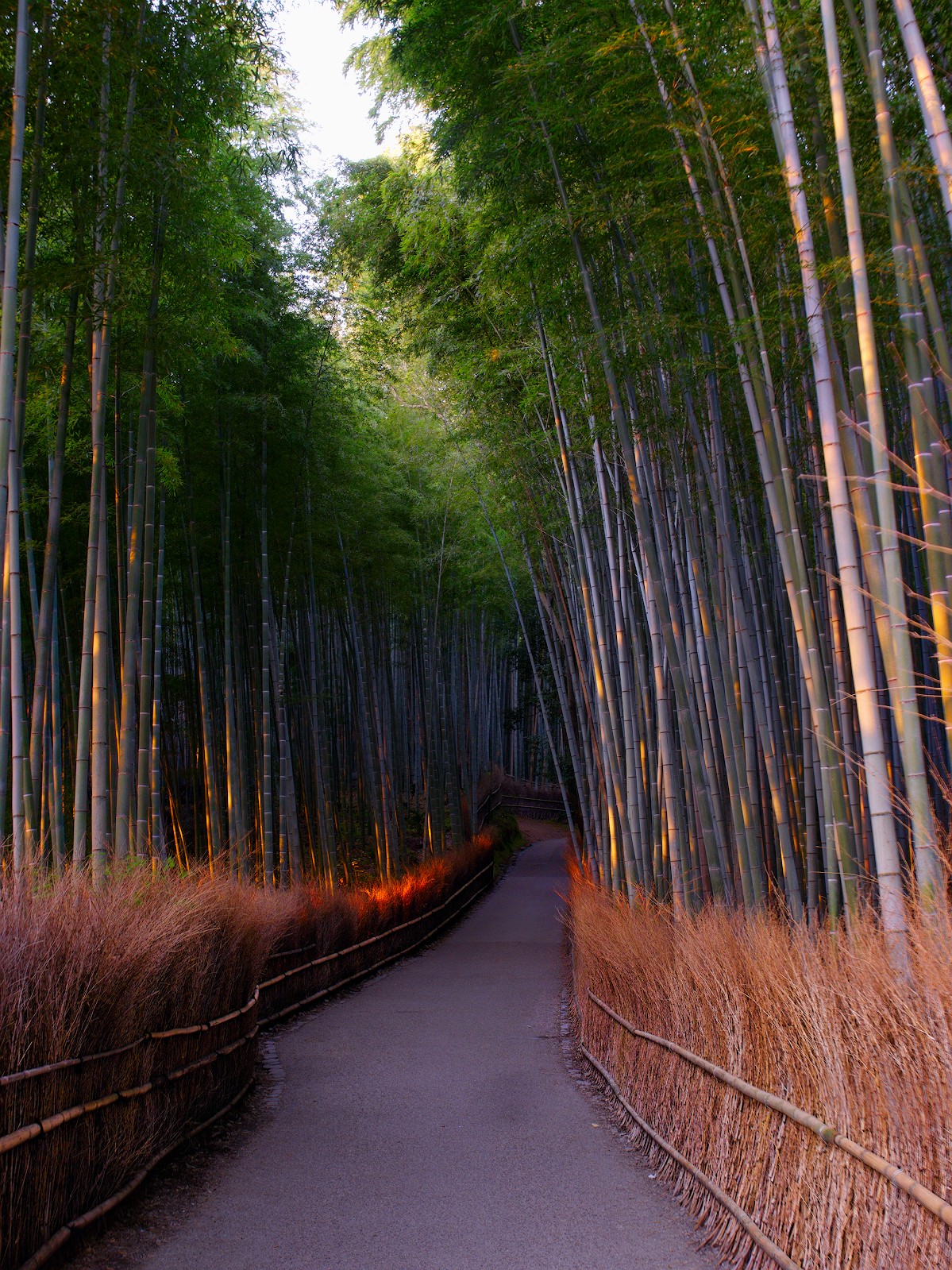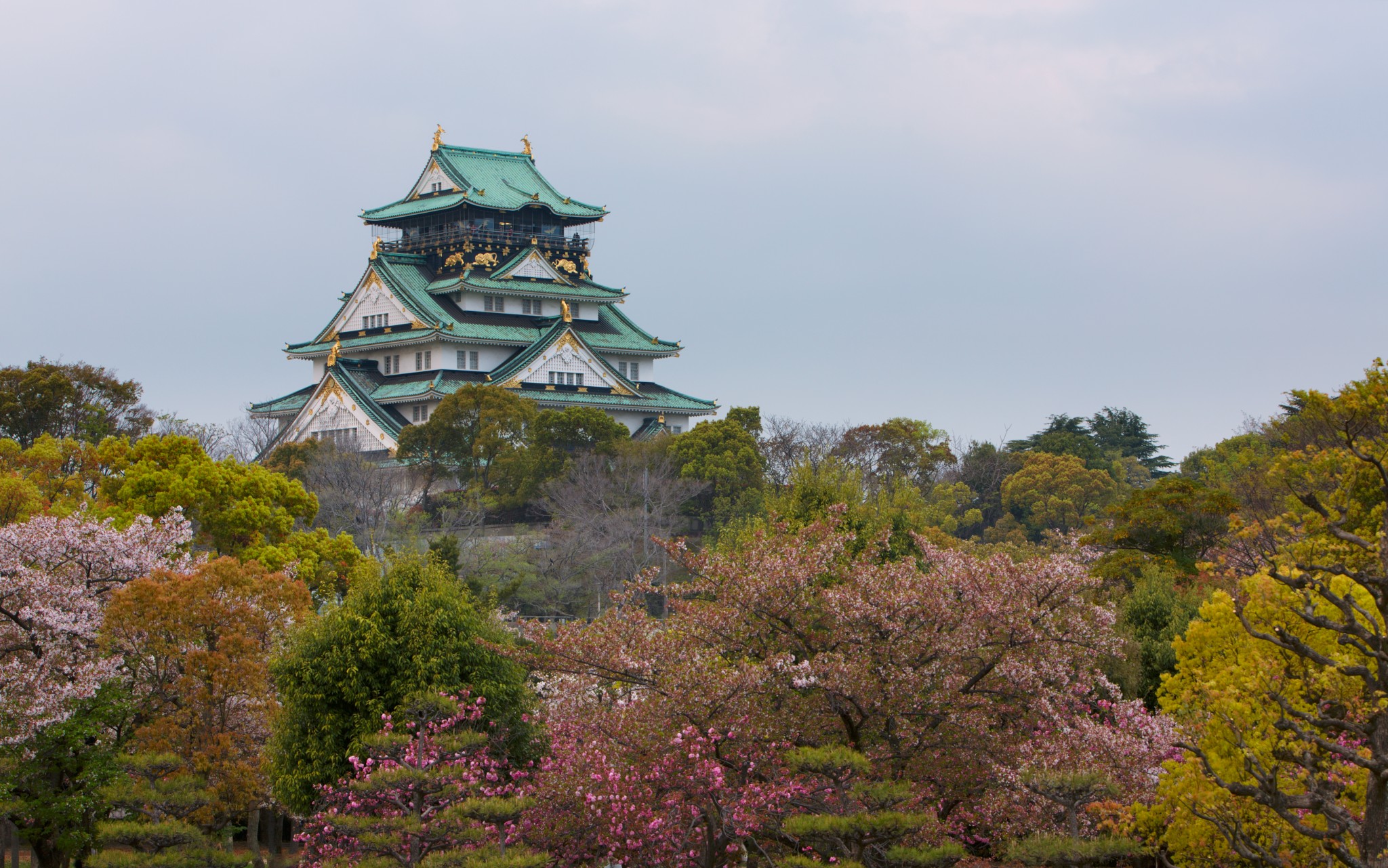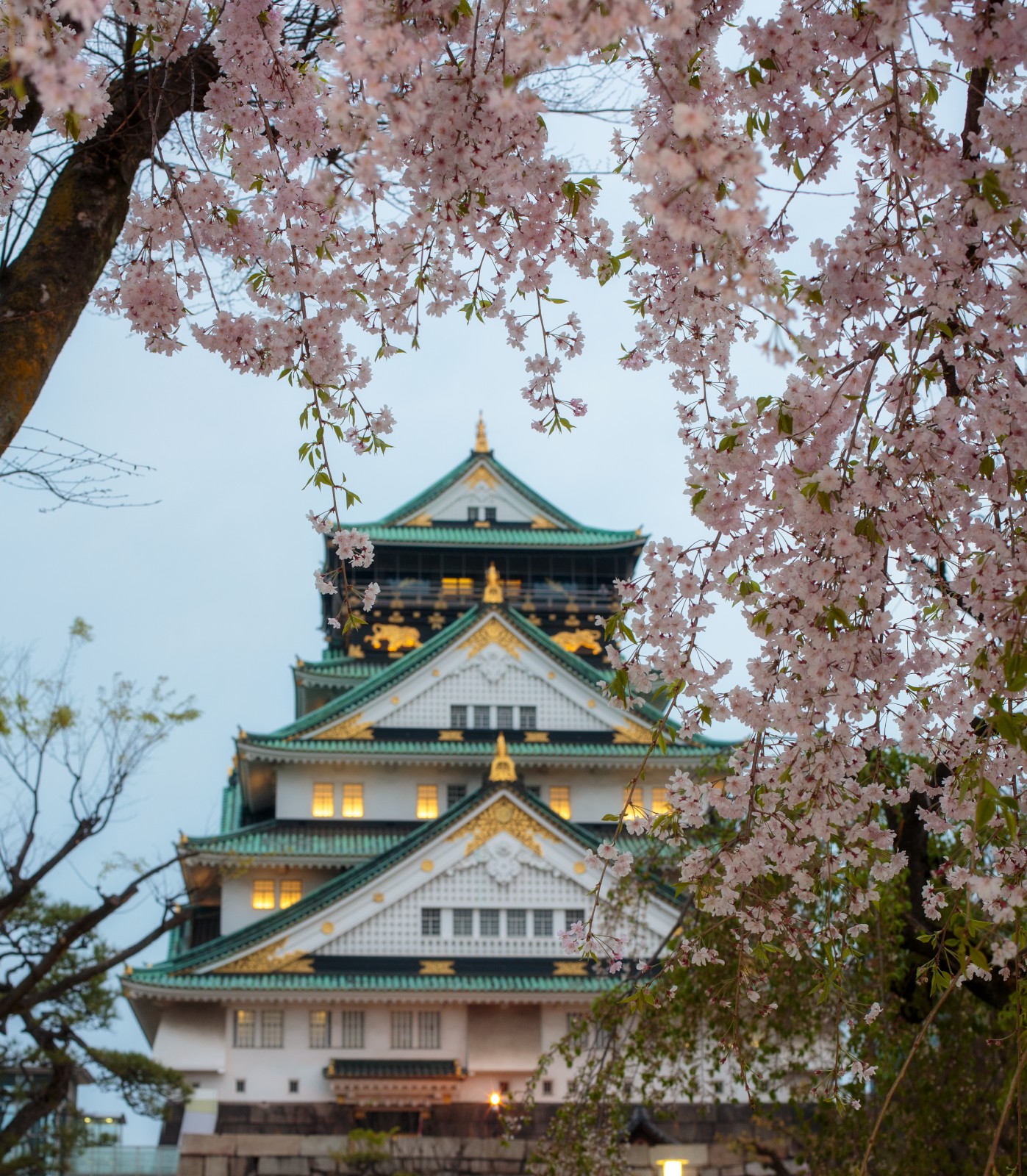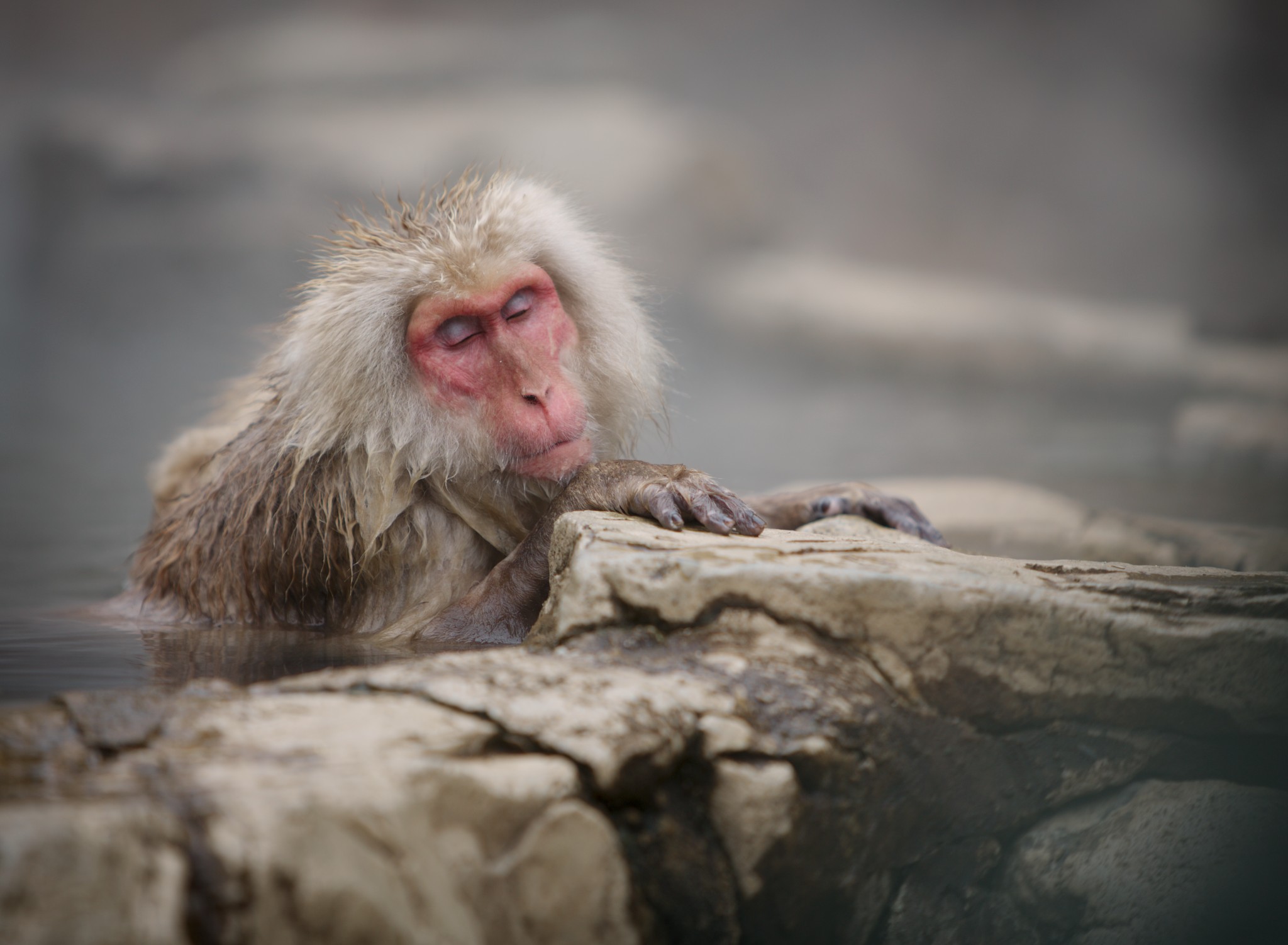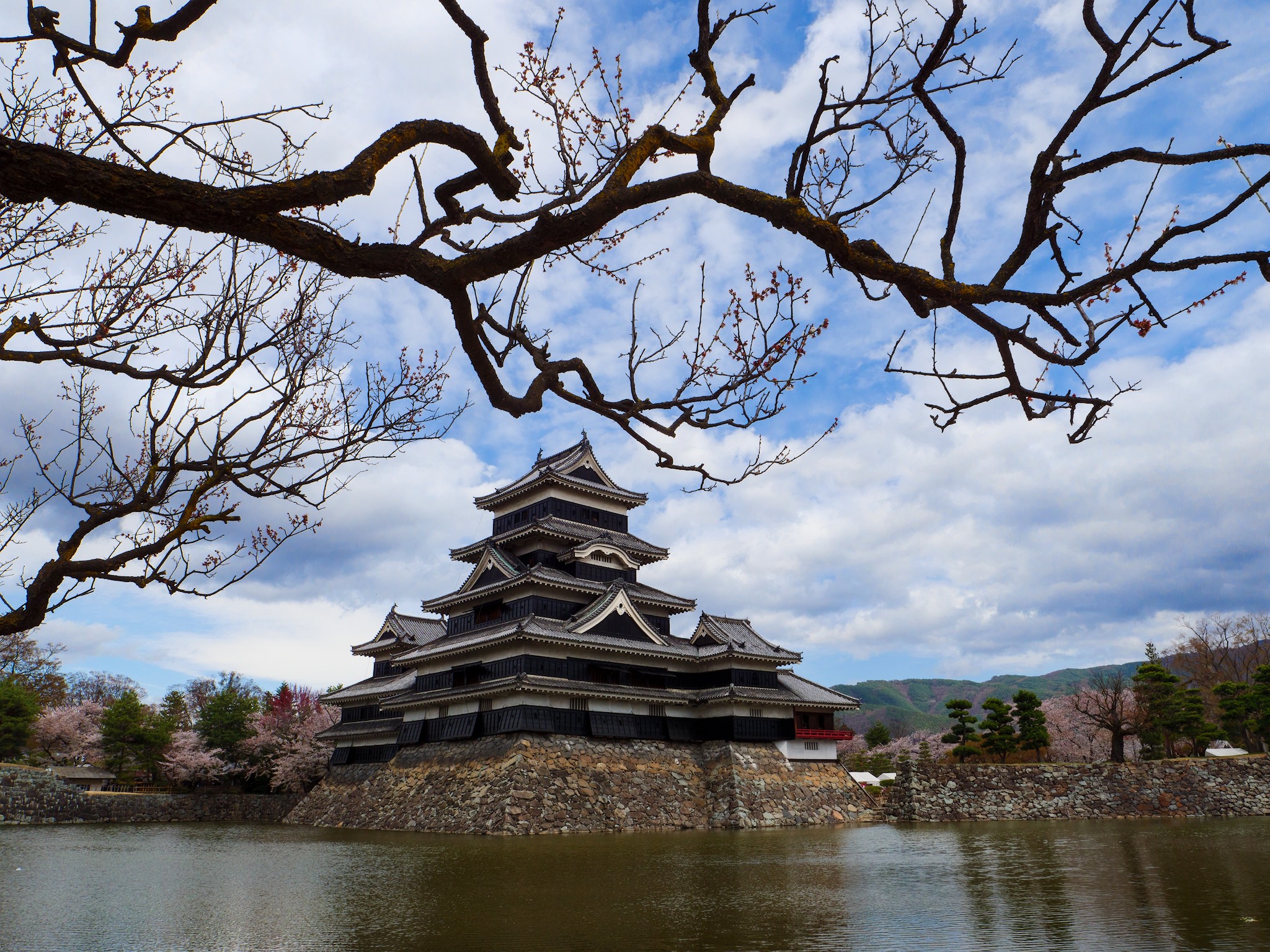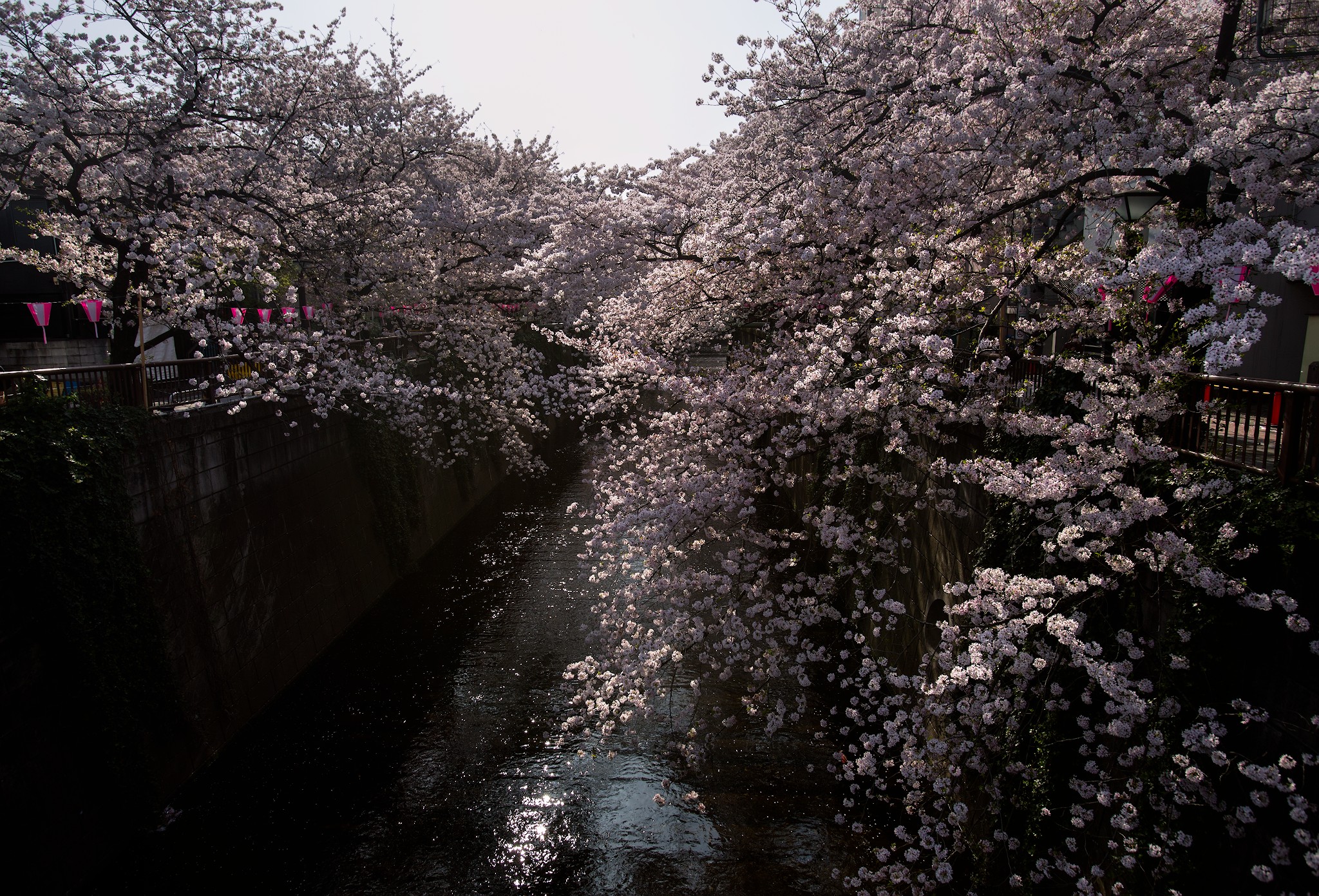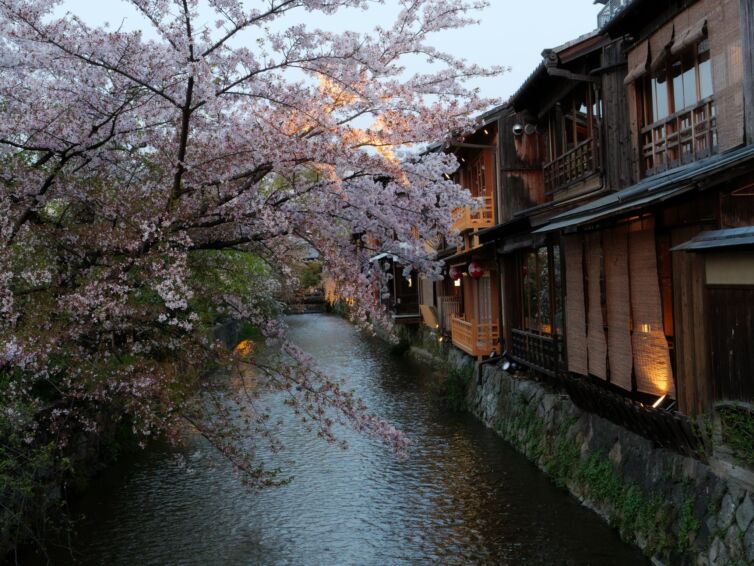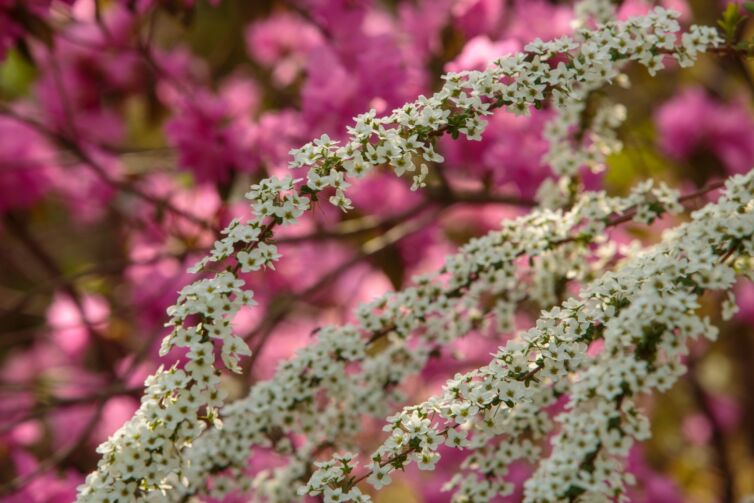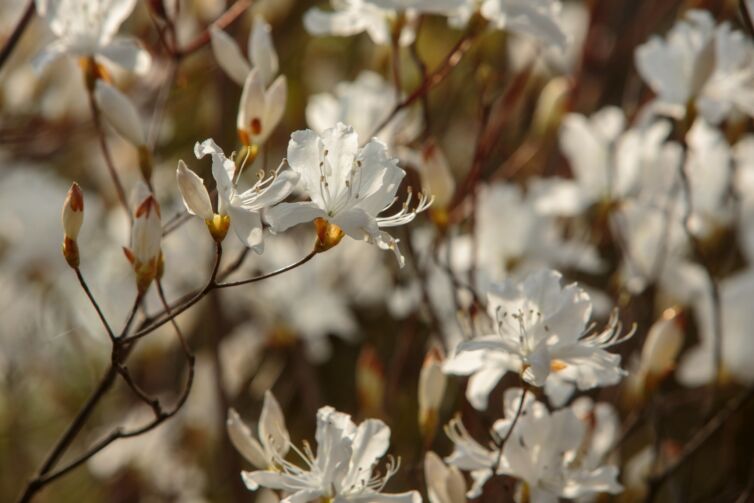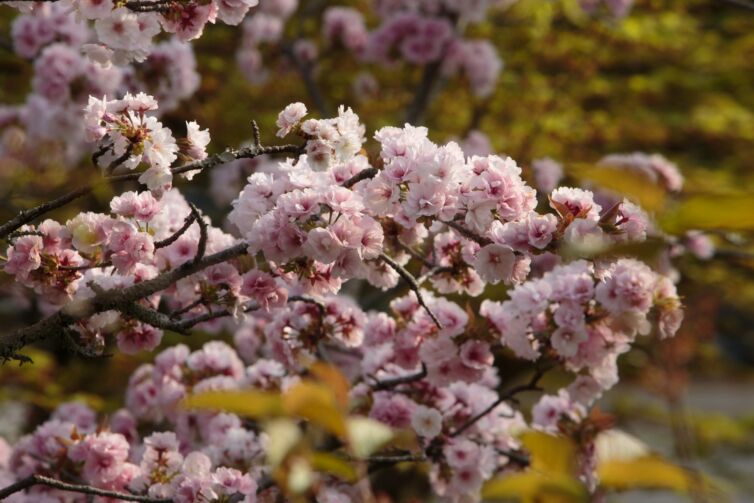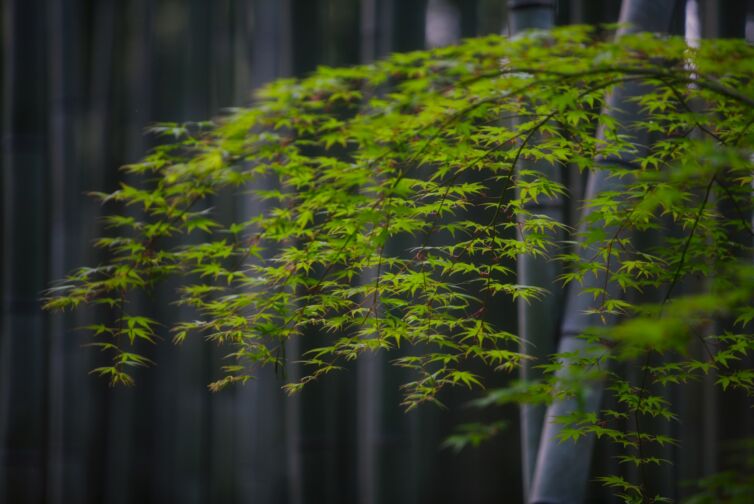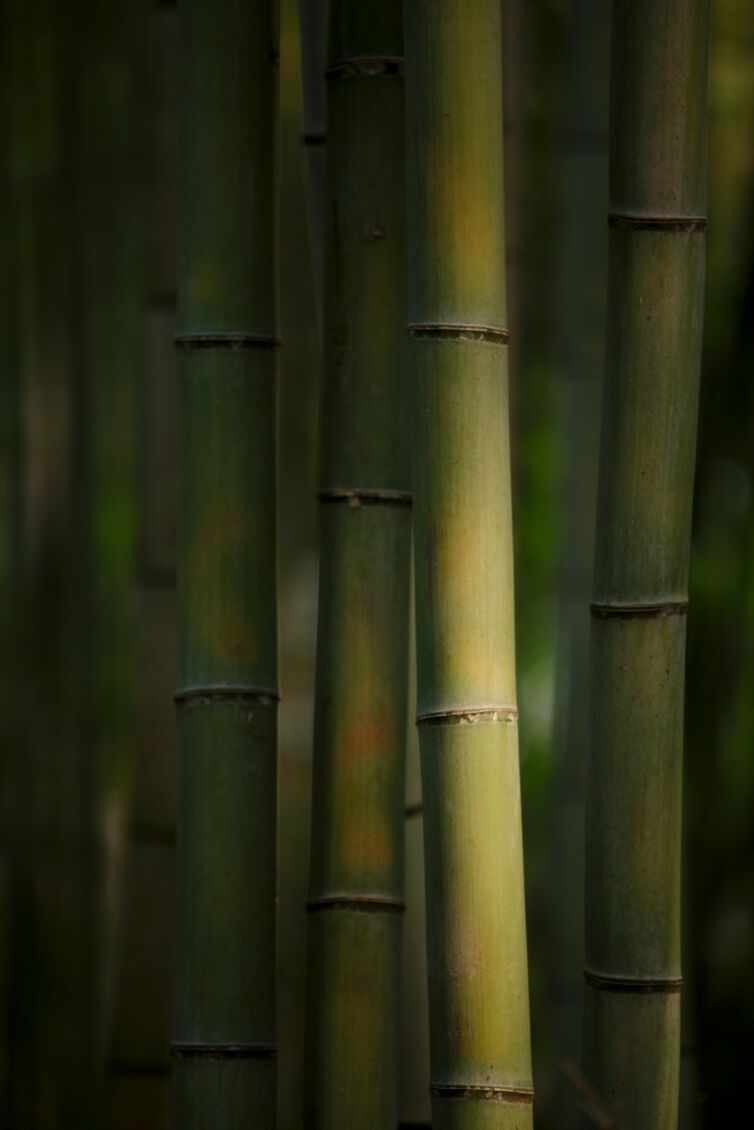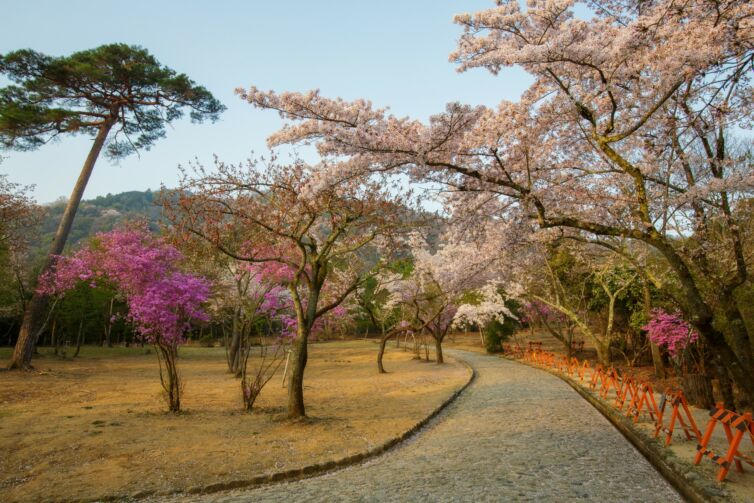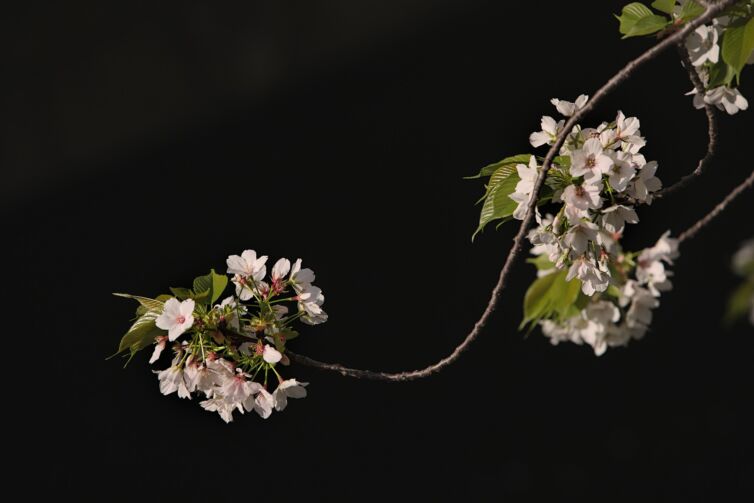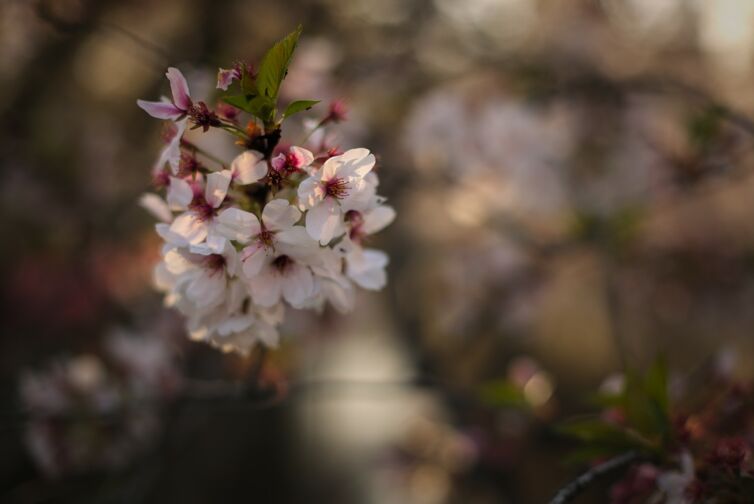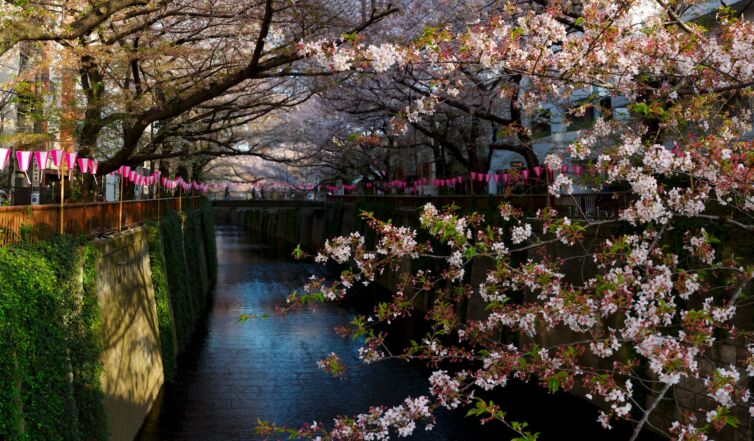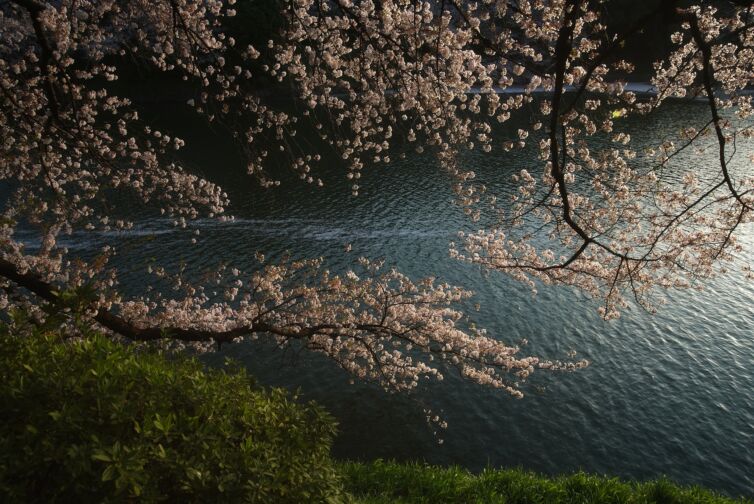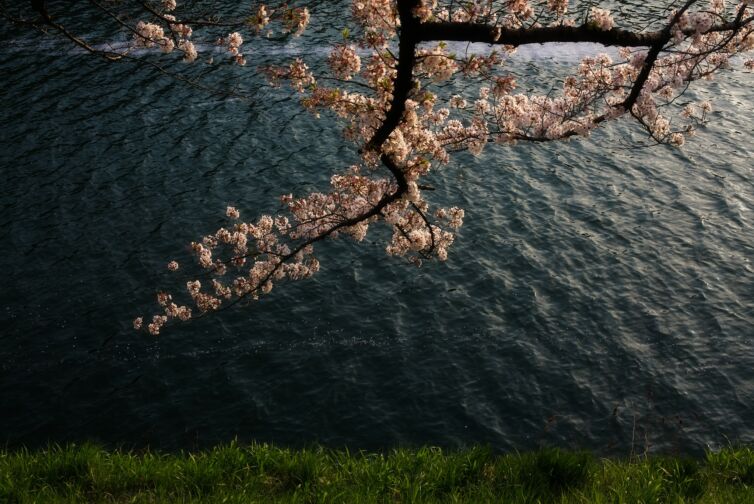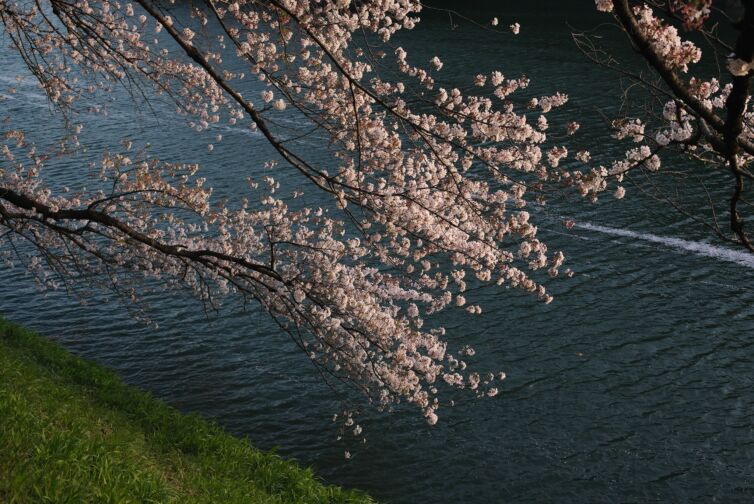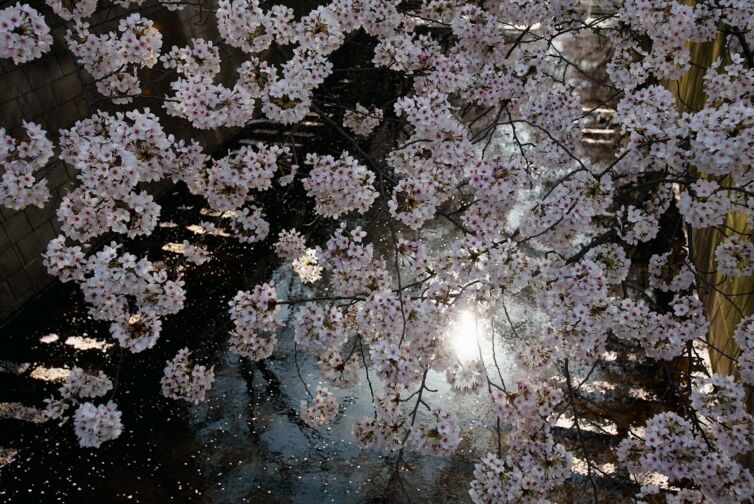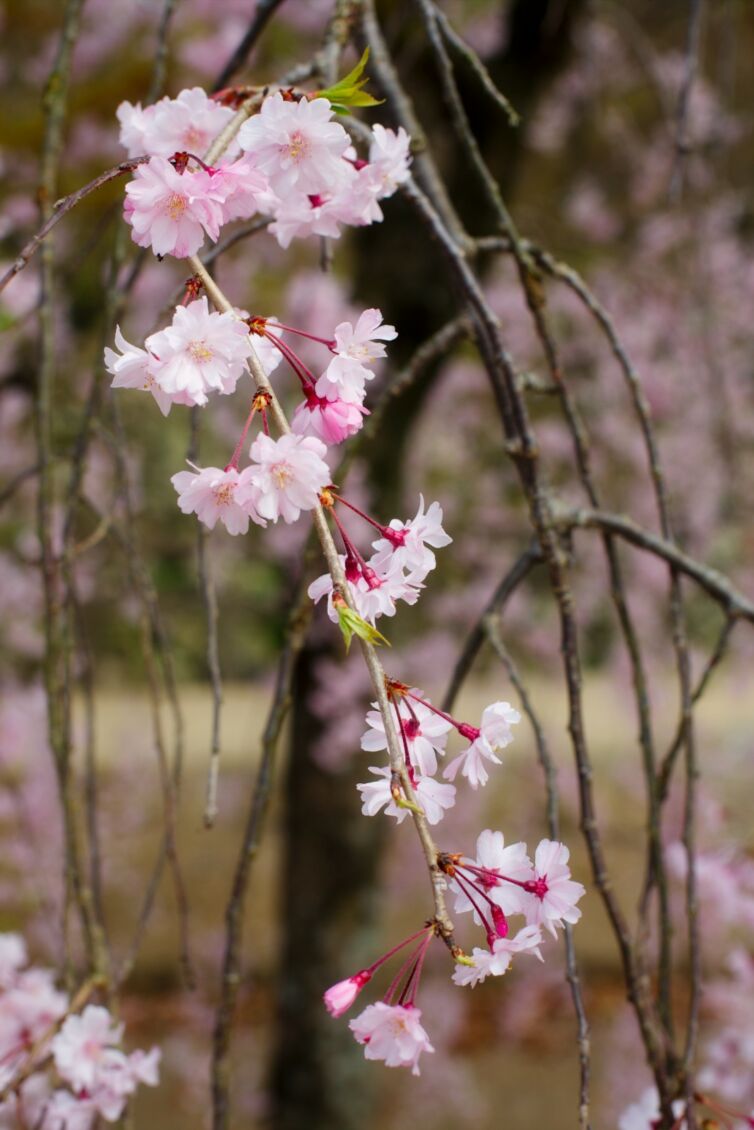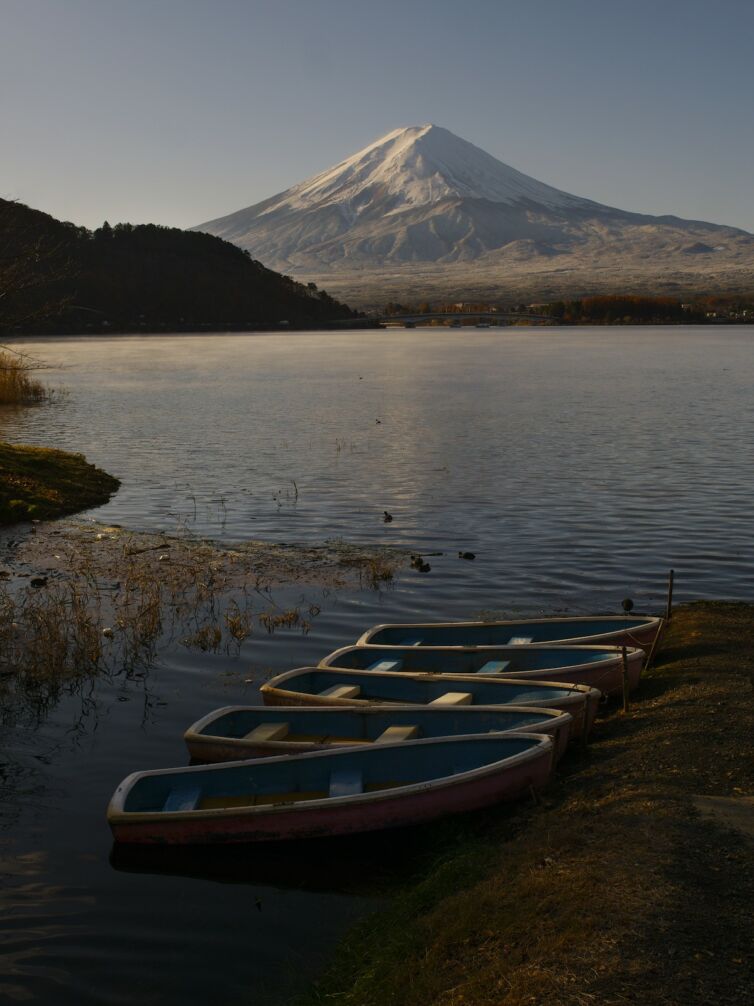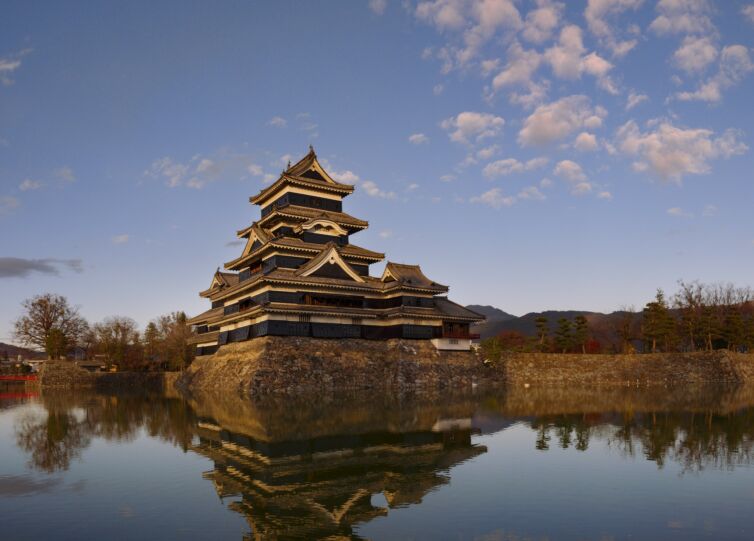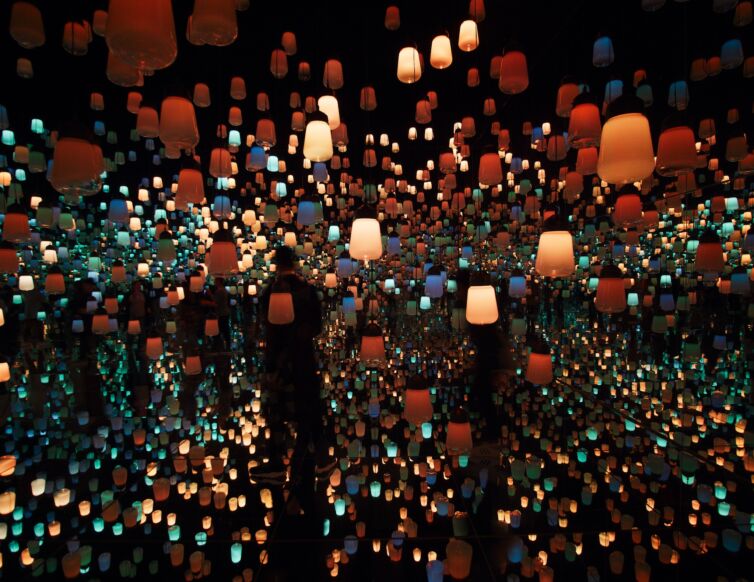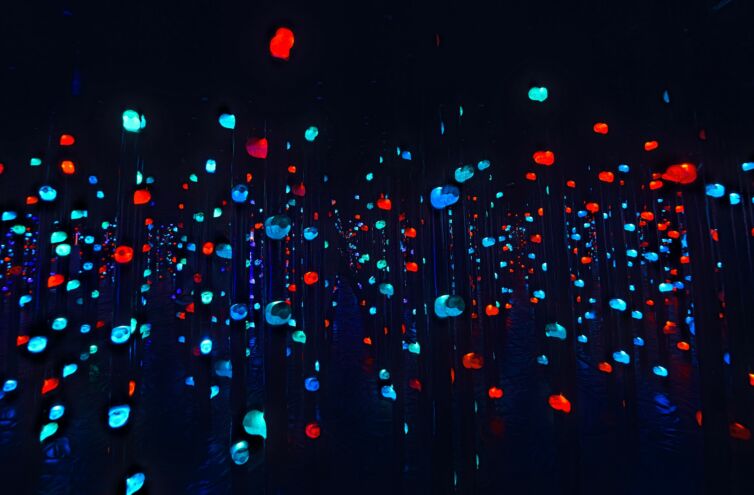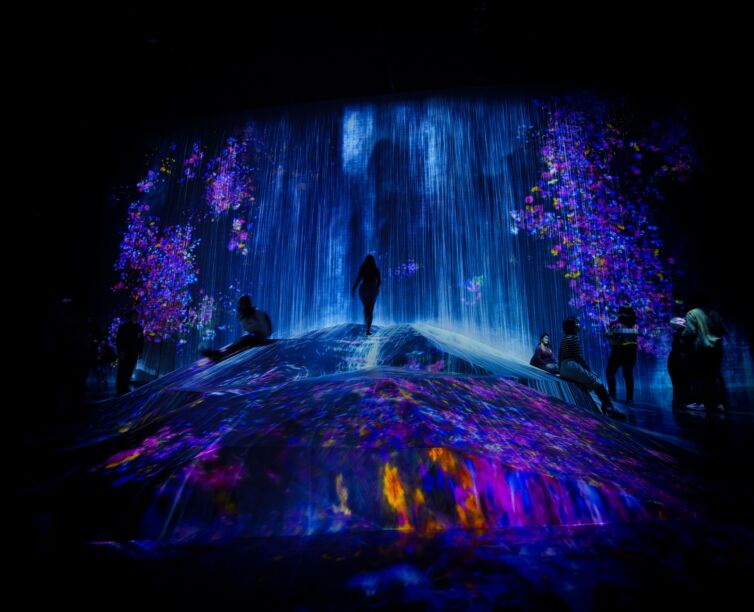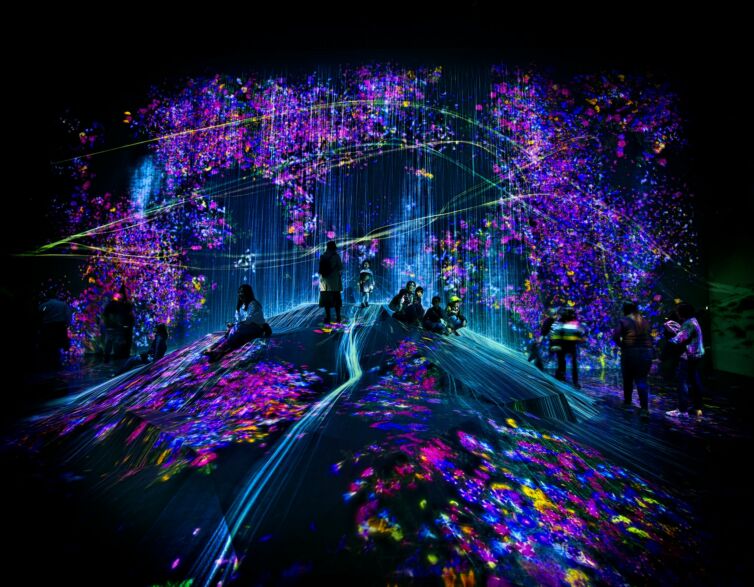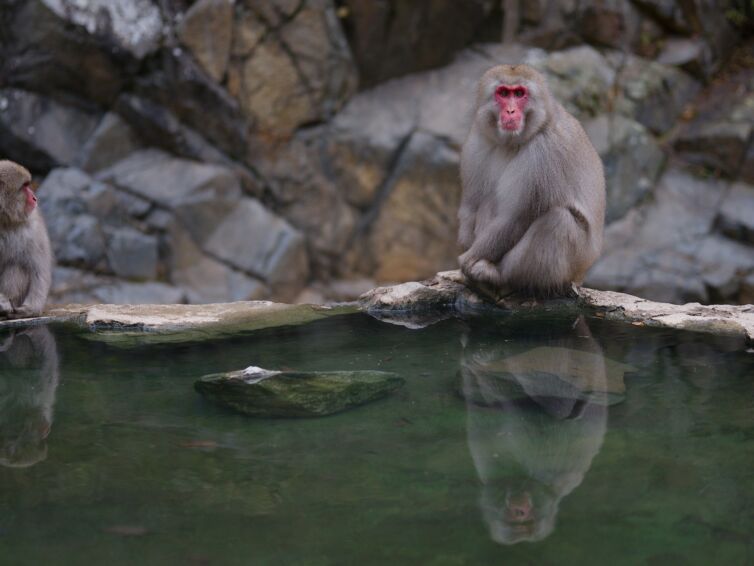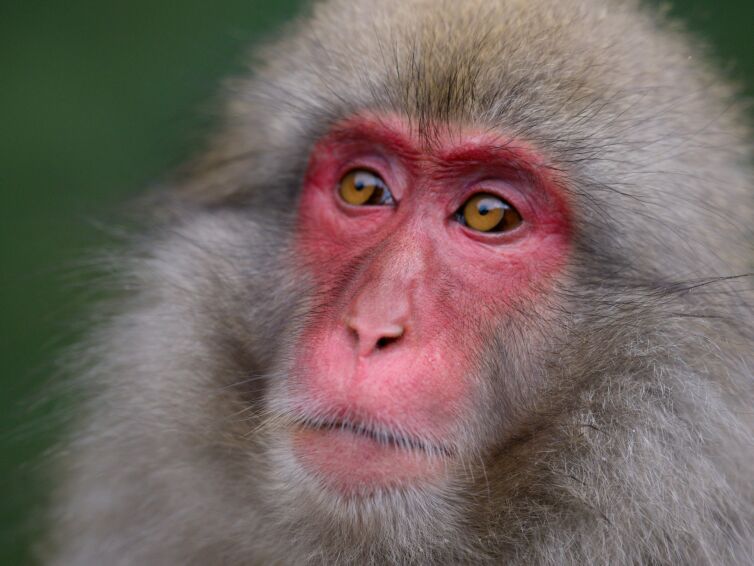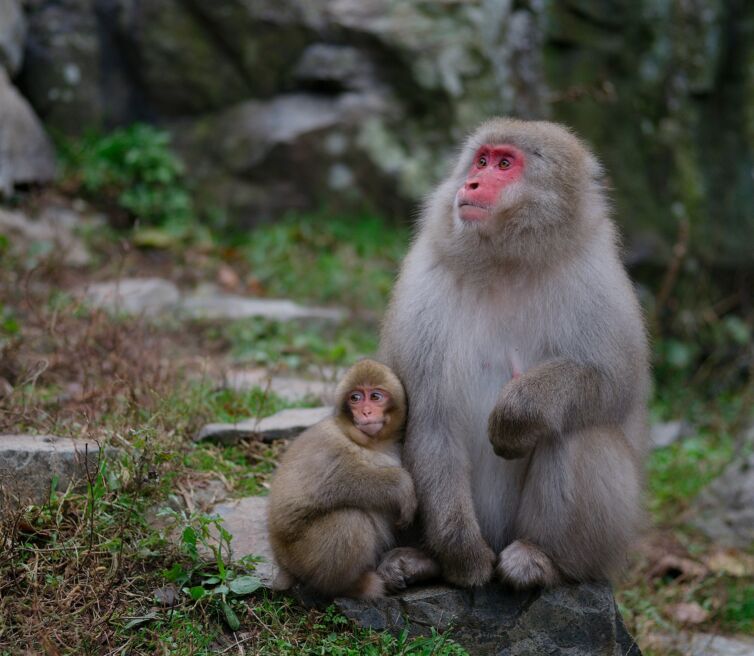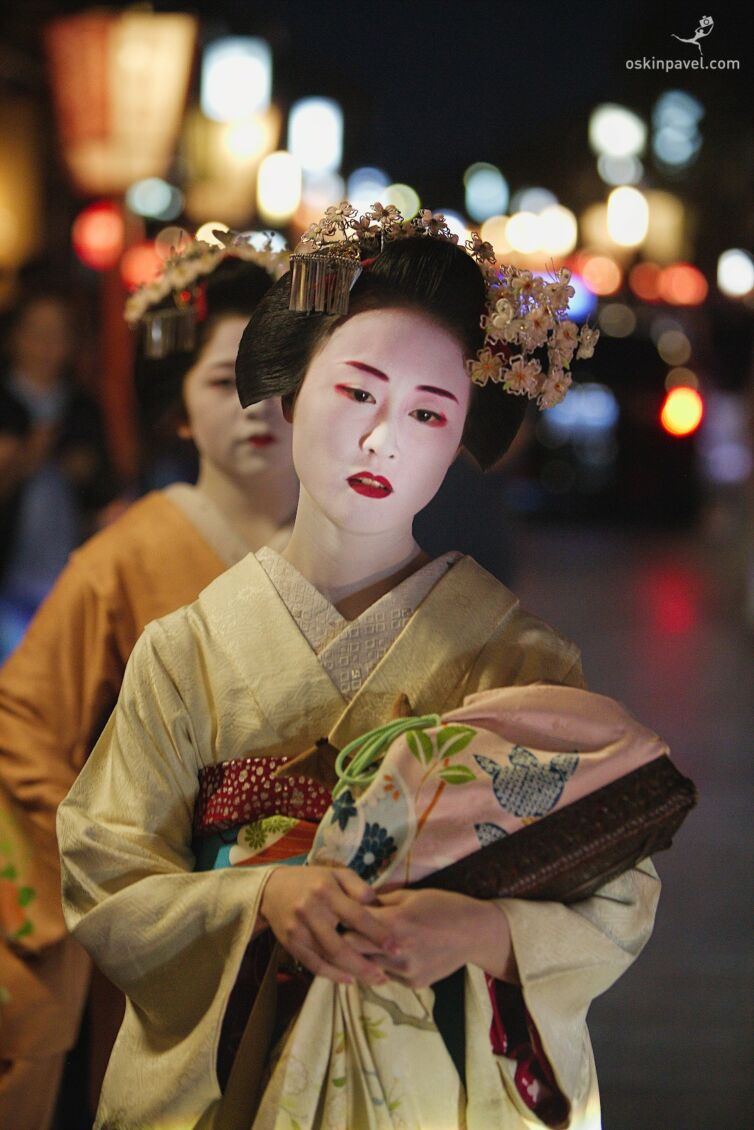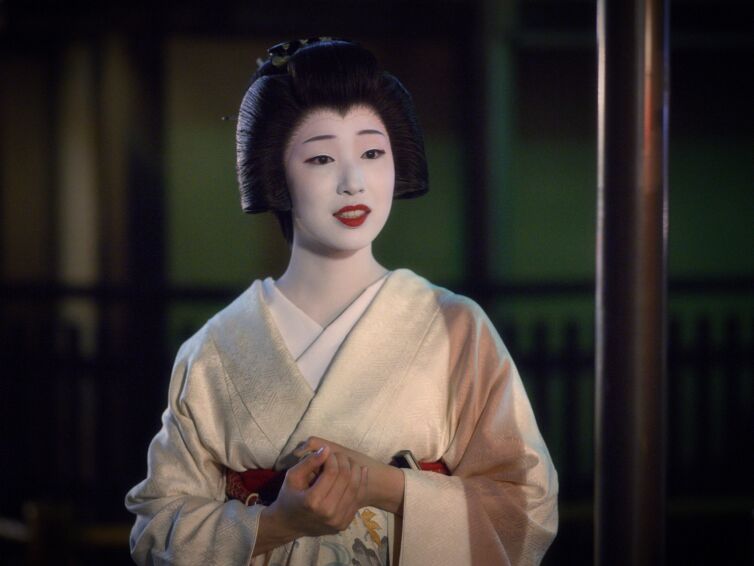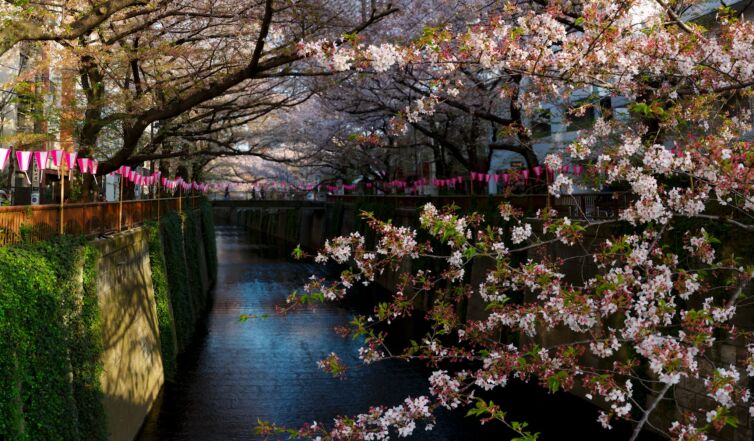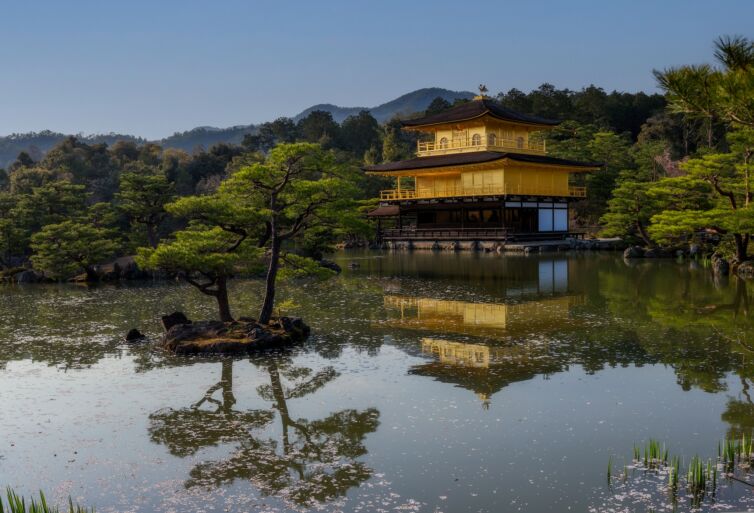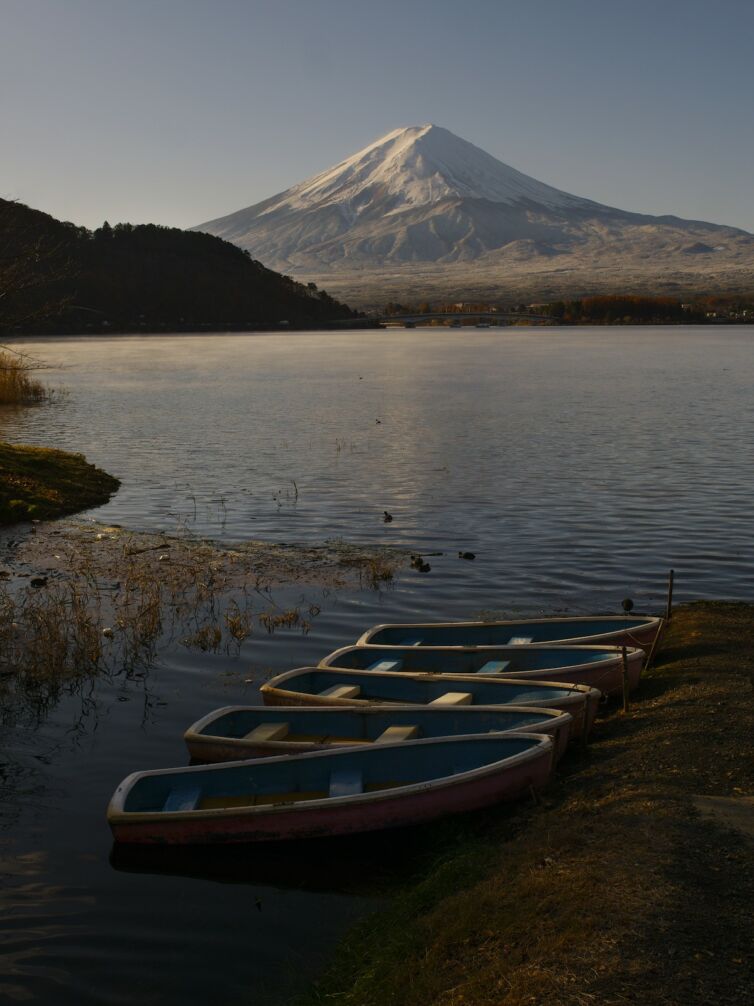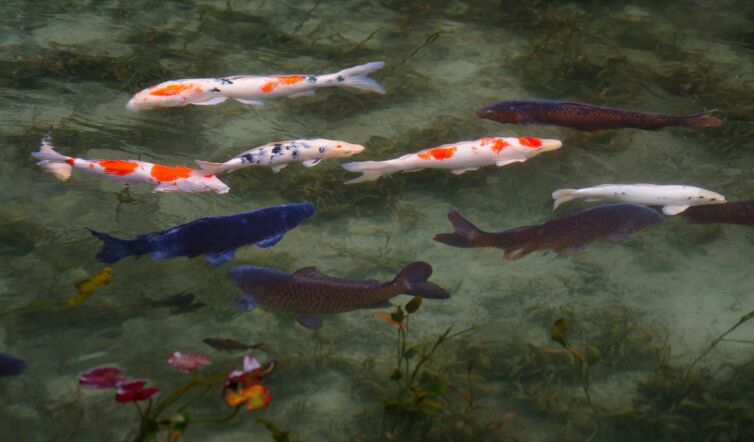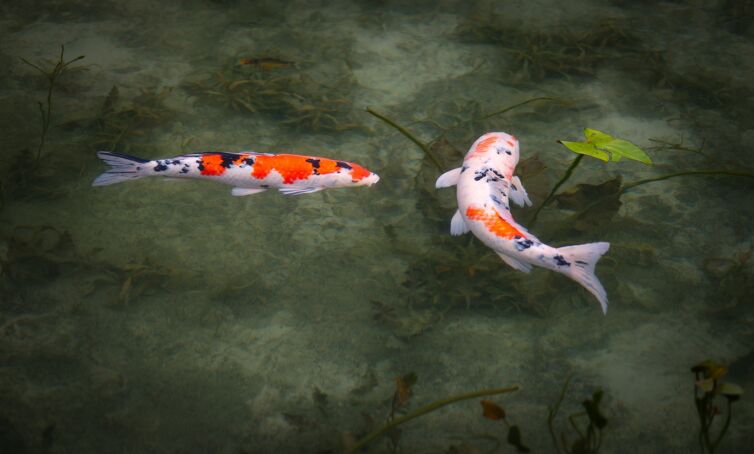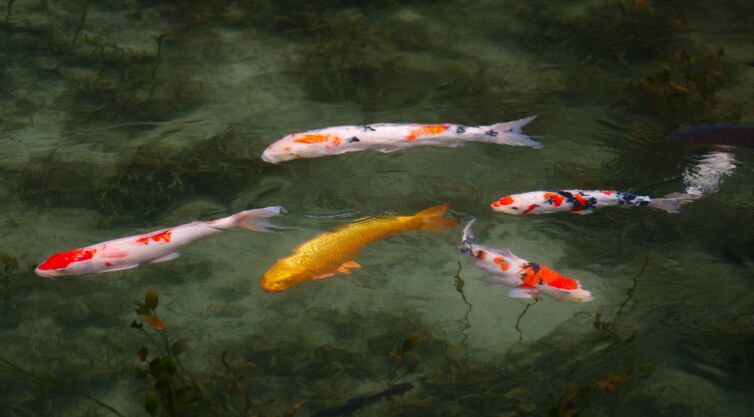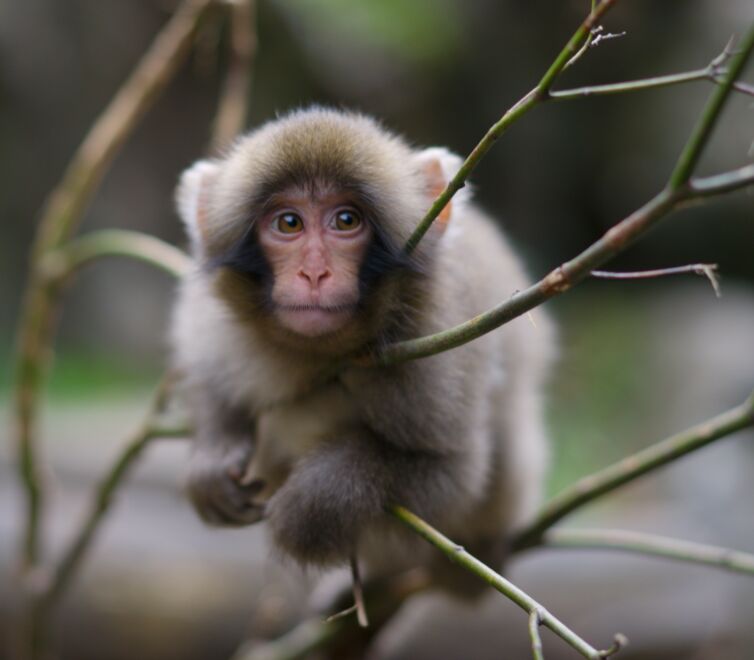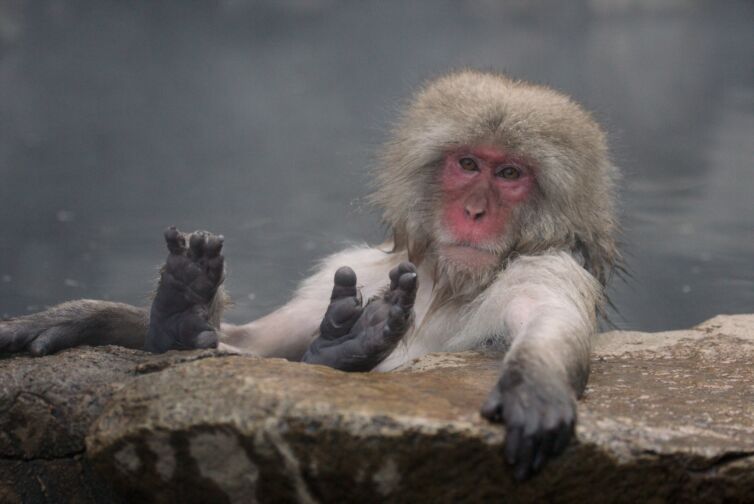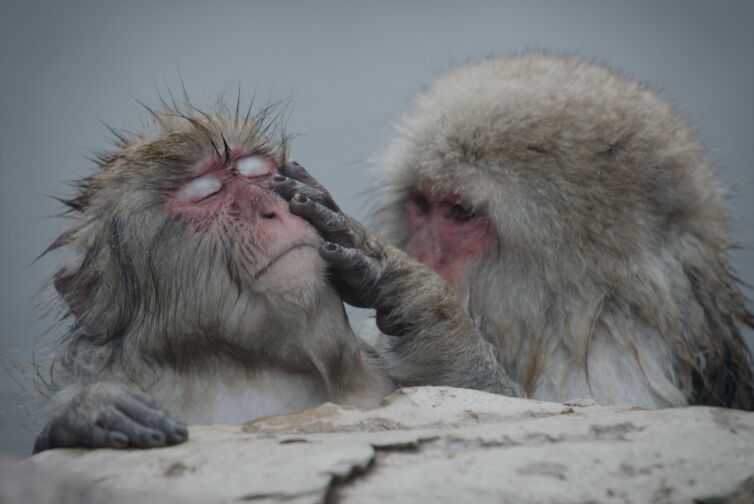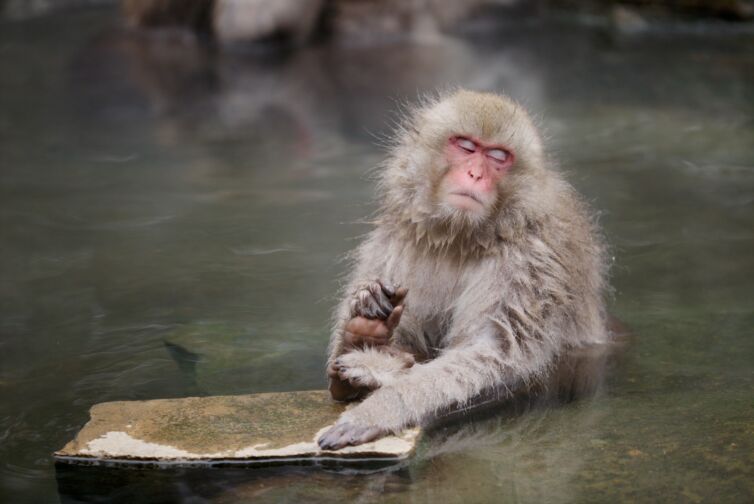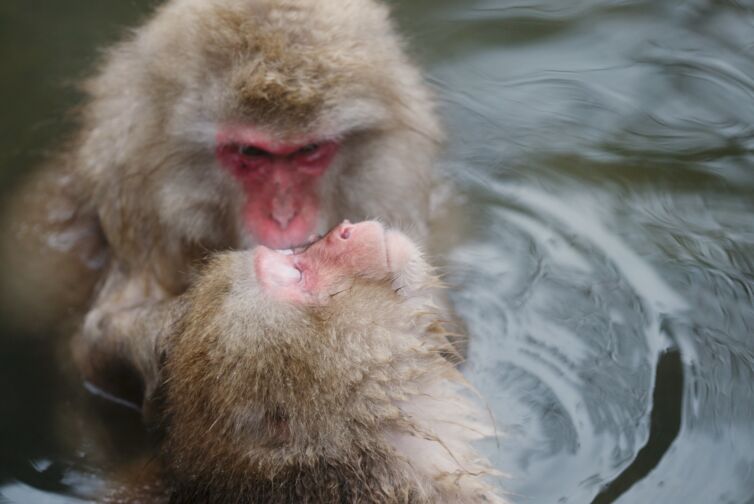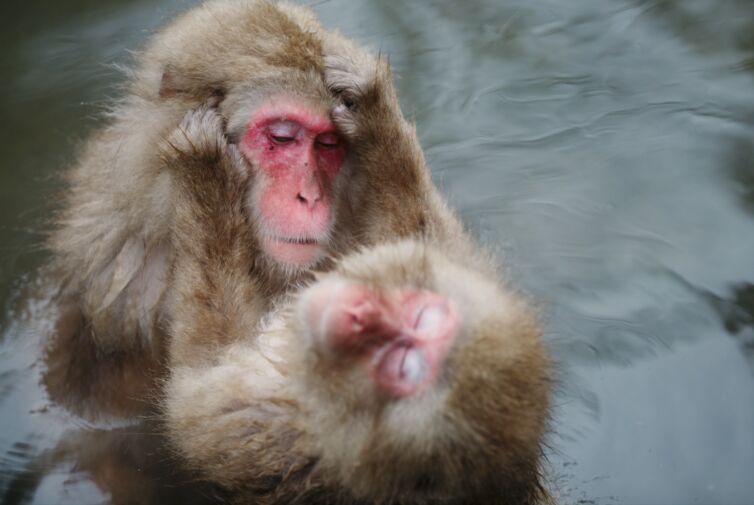Tour Plan
We will spend the first 2 nights in Tokyo, where we will visit the best parks with blooming sakura
Shinjuku Gyoen is one of the best spots for cherry blossoms in Tokyo. In the expansive garden with an area of 58.3 hectares (133 acres) and a circumference of 3.5 kilometers, about 1,100 Japanese cherry trees bloom in spring. Since the different kinds of trees have different blossoming times, you can enjoy all kinds of flowers for a relatively long time, making the cherry blossom garden a lovely viewing spot.
Ueno Park is another famous place for cherry blossoms in Tokyo, and it’s said that the trees here bloom a little earlier than in other areas. It has been a popular sakura destination since the 16th century. In the 53 hectare (131 acre) park, about 800 cherry trees bloom, most of them in the center street of the park. Here you’ll find people using blue tarps and tape to claim space for the blossoms.
Megurogawa. This is one of the most famous areas for cherry blossoms in Tokyo. About 800 cherry trees blossom along the Meguro River, which stretches for about 3.8 kilometers from the Ikejiri-Ohashi area to Kamenokobashi under the Tokyu Meguro Line. Each year, this iconic area attracts tens of thousands of tourists and is a popular date spot at night when the blossoms are lit up.
The area around Chidorigafuchi on the northwest side of the Imperial Palace is a popular area for cherry blossoms in Tokyo. It’s also one of Tokyo’s most scenic spots for sakura. Around 1,000 cherry trees bloom here, and you can take a picture of cherry trees with the stone walls of Edo Castle, today’s Imperial Palace, in the background. And if you’re feeling adventurous, you can rent a boat, row in the moat, and snap photos of the blossoms up close. There is a 700m-long footpath in the area nearby, which becomes something of a ‘sakura tunnel.’ This is particularly popular in the evening when the blossoms are illuminated from below with colored lights.
Koishikawa Korakuen Gardens was created in 1629, making it one of Tokyo’s oldest parks. It features Chinese and Japanese landscapes, as well as several different kinds of cherry trees. In particular, the beautiful cherry blossoms reflected on the surface of the pond in the center of the garden called Daisensui makes every park-goer stop in amazement for a moment or two. While picnics are not allowed, they have a tea house for enjoying some matcha and Japanese sweets.
On the third day for one night, we will move southwest to the Lake Kawaguchiko, and shoot the mountain Fuji in a frame of blossoming cherries. Lake Kawaguchiko is one of the best places to see the iconic Mount Fuji. It is especially popular photo spot during cherry blossom season. There are about 300 cherry trees planted and stretching for about 1 km along the north shore of the lake.
The observation deck of Chureito Pagoda is another must-go spot to capture outstanding picture of a complex of Mt. Fuji, cherry blossoms and Japanese-style pagoda. The picturesque landscape will be in front of you after climbing 398 steps in Arakurayama Sengen Park. It will be our sunrise photo shooting place
We will spend the fourth and fifth nights in Kyoto, the thousand-year-old capital of Japan. And will admire the sakura in the best places.
Fushimi Inari Taisha. One of the must see shrine in Kyoto and not surprisingly, we can also find spectacular cherry blossoms at the shrine site. Still, what Fushimi Inari is most famous for are its hundreds of red torii gates up and down Mount Inari.
Tetsugaku no michi (Philosopher’s Walk). This path can get seriously crowded but that’s due to its exceptional beauty. Imagine a quietly bubbling stream at your feet and a canopy of pink overhead for two kilometres. We will try start early, it can be the most relaxing walk ever. You will definitely understand the pronounced love the Japanese have for their sakura.
We will start with sunrise photo shooting in Arashiyama. It is the second most popular district in Kyoto after Gion. It lies a little outside and you will feel like you are in rural Japan. You’ll love it! Take a stroll along the cherry blossom tree lines river walks and walk up to Kameyama-koen Park, then head to the famous Bamboo Forest. However, while you are at the riverside, don’t miss out on stepping into the local shops. A lot of them offer special sakura themed foodie treats and you can sample a lot of them. Don’t forget to try sakura mochi balls.
During the daylight we will visit Kinkaku-ji. It means the “Temple of the Golden Pavilion”. Constructed in Kyoto’s northern hills in 1398 by Yoshimitsu, the third Ashikaga shogun, it was once part of a much larger villa complex. When he died it became a Zen temple in accordance with his will.
Then we will go to Hirano Shrine. It is most well known for its nearly 400 sakura cherry blossom trees of 60 different varieties. Among the trees, there are ten uncommon varieties that are unique to the shrine.
One of these, the sakigake cherry blossom that sits behind the main gate, is said to signal the arrival of the cherry blossom season in Kyoto when it blooms.
And for the evening time we will see the real gem of Kyoto- Gion. It is the best places to see geisha. The best time to see them is around dusk (early evening). Elegant kimono, smooth white make-up and that classic demure look—seeing a geisha in Japan is rare, but not impossible. We will give you the best tips how to do it.
Osaka is one of Japan’s best cities for hanami (the cherry blossom viewing). Over 4000 cherry trees are planted on the spacious grounds of Osaka Castle. A particularly nice place for a picnic is Nishinomaru Park in the castle’s western citadel with wide lawns, views of the castle tower and light up in the evening.
Kema Sakuranomiya Park. This is one of the best destination if visiting Osaka during cherry blossom season. It stretches out over four kilometers alongside the Ogawa River, its banks densely lined with cherry trees.
Blue sky, white castle and pink flowers are the essential hues of Himeji. As one of three Japan’s most magnificent castles and top 100 spots to view sakura in Japan, Himeji Castle is always heralded as a must-go place during cherry blossoms season. 1,000 cherry blossom trees are planted at the ground of the main keep, along the wall and moats and the west garden.
And for sure we will visit Nara. Nara was the capital of Japan during the Nara period (710-784). It was enough to build one of the most impressive buddhist temples in the world: the Todai-ji. It is also home of hundreds of deers. The deer are wild, but they enjoy eating the special crackers called “shika senbei”, that are sold around Nara Park, and will approach humans. It is an unmissable city in any trip in Japan.
Blue sky, white castle and pink flowers are the essential hues of Himeji. As one of three Japan’s most magnificent castles and top 100 spots to view sakura in Japan, Himeji Castle is always heralded as a must-go place during cherry blossoms season. 1,000 cherry blossom trees are planted at the ground of the main keep, along the wall and moats and the west garden.
And for sure we will visit Nara. Nara was the capital of Japan during the Nara period (710-784). It was enough to build one of the most impressive buddhist temples in the world: the Todai-ji. It is also home of hundreds of deers. The deer are wild, but they enjoy eating the special crackers called “shika senbei”, that are sold around Nara Park, and will approach humans. It is an unmissable city in any trip in Japan.
Matsumoto Castle is one of the most beautiful of Japan’s original castles. There are about 300 cherry trees planted around the castle moats and inside the paid inner grounds of the castle.
Also known as “Crow Castle” due to its dark exterior and wing-like rooftop, it still retains its original wood and stonework. This castle’s stoic appearance is highlighted by the quiet grounds seemingly isolating it from the surrounding city of Matsumoto. Matsumoto Castle has housed 23 different lords from six different ruling families. As such the castle, although breathtaking in itself, has a surprisingly vast collection of artifacts to view including armor and weapons, as well as some of the first guns used in feudal Japan.
Our next spot is Matsumoto Museum of Art’s. The most popular attraction is their permanent Yayoi Kusama works. Kusama was born in Matsumoto and was able to find relief from her visual and auditory hallucinations through her artistic expressions. Walking through her display in the museum is like walking through her world. With a collection of works starting from childhood, to an apartment of glowing dots and rooms of infinite reflections the viewer gets a sense of the artist’s reality.
Gallery
Tour Price
Accommodation and logistics
Photo workshops
Air tickets
Food



